Hospital Flex Design CDR File
₹10.00
Hospital Flex Design cdr file
Corel Draw X3 File
With Necessary Fonts
The File is Editable in CorelDraw
- Note: this design is only for the designers not
- for customers. Customization start from Rs.100
- How to Download:
- https://www.youtube.com/
- Instant Download:
- Your files will be available
- to download once payment is confirmed.
- (instant download items don’t accept returns,
- exchanges, or refunds. Please check all details
- before buying.)
-
- Help Number: call or WhatsApp
- Call us: 6296285862 (9 AM to 6 PM)
- CdrDesign License: Use for personal and
- commercial purposes more info
- Copyright Disclaimer:
- This File is uploaded by
- the user. We do not claim any copyright for
- the content. ( If the contents violate your
- copyright, please email us,
- admin@cdrdesign.in
Okay, I need a little more information to write a compelling article. The prompt “Hospital Flex Design CDR File” gives me a subject, but not the angle. I need you to tell me what about the file you want me to write about. Here are a few possibilities, based on common interests related to hospital design:
I could write an article about:
- The challenges of creating flexible hospital designs: This would discuss the difficulties in balancing patient needs, staff workflows, technological integration, and adaptability for future changes when designing a hospital that can evolve.
- The benefits of flexible hospital design: This would focus on how designing for flexibility can improve patient outcomes, staff satisfaction, cost-effectiveness, and the hospital’s ability to respond to emergencies or new medical advancements.
- Specific features in the CDR file that contribute to flexibility: This would require you to describe the features of the design. For example, modular room layouts, adaptable infrastructure, mobile equipment storage, standardized room components, or integrated technology.
- The software used to create the CDR file and how it aids in flexible design: This would explore the capabilities of the software (e.g., CorelDRAW, if it’s a true CDR file, or another design/CAD program if the file is repurposed) in visualizing and implementing flexible hospital concepts.
- A case study based on the design: If the CDR file represents a real or hypothetical hospital, I could write about the strategic design choices made to achieve flexibility within that specific context.
- The importance of collaboration in flexible hospital design: Emphasize the need for architects, engineers, medical professionals, and administrators to work together to create a truly adaptable healthcare environment.
- The cost implications (both short-term and long-term) of flexible design: Discuss the initial investment and potential long-term savings.
To write a really good article, please tell me:
- What is the main point you want to convey about the “Hospital Flex Design CDR File”? What’s the key takeaway you want the reader to have?
- Who is your target audience? (e.g., architects, hospital administrators, medical professionals, general public)
- What are the key features of the design in the CDR file that you want me to highlight? (If you can provide details or examples, that would be incredibly helpful.)
- What is the overall tone you are aiming for? (e.g., informative, persuasive, technical, practical)
Once I have this information, I can create a compelling and informative article for you.
In the meantime, here’s a very general article based on the premise:
Designing for the Future: The Power of Flexible Hospital Design
In the rapidly evolving world of healthcare, one thing is certain: change is constant. From advancements in medical technology to shifts in patient demographics and unexpected public health crises, hospitals must be able to adapt to meet ever-changing demands. That’s why flexible hospital design is becoming increasingly crucial.
Traditional hospital design often prioritizes fixed layouts and specialized spaces. While this approach may seem efficient in the short term, it can become a hindrance when the need arises to reconfigure departments, integrate new equipment, or accommodate surges in patient volume. Flexible design, on the other hand, embraces adaptability as a core principle.
What does flexible hospital design look like?
Flexibility can be achieved in numerous ways, including:
- Modular Room Layouts: Standardized room sizes and configurations allow for easy conversion between different types of patient care.
- Adaptable Infrastructure: Designing for future expansion and the integration of new technologies by pre-planning utilities and data connections.
- Mobile Equipment and Storage: Utilizing mobile carts and flexible storage solutions to optimize space and facilitate quick reconfiguration.
- Universal Design Principles: Creating spaces accessible and usable by individuals with a wide range of abilities, enhancing overall versatility.
- Integrated Technology: Incorporating systems that can be easily upgraded and adapted to new software and hardware.
The Benefits of Flexibility:
The benefits of flexible hospital design are significant:
- Improved Patient Outcomes: By allowing for efficient workflow and optimized resource allocation, flexible design can contribute to better patient care.
- Enhanced Staff Satisfaction: Customizable workspaces and adaptable environments can improve staff morale and productivity.
- Cost-Effectiveness: While the initial investment may be higher, flexible design can reduce long-term costs by minimizing the need for major renovations.
- Increased Capacity: Adaptable spaces can be quickly reconfigured to accommodate surges in patient volume during emergencies or seasonal outbreaks.
- Future-Proofing: Flexible design ensures that the hospital can adapt to new medical advancements and changing healthcare needs.
Beyond the Blueprint:
Achieving true flexibility requires a collaborative approach, involving architects, engineers, medical professionals, and hospital administrators. By working together, these stakeholders can create a design that meets the current needs of the hospital while also anticipating future challenges.
The “Hospital Flex Design CDR File” represents just one example of how design professionals are using digital tools to explore and implement flexible hospital concepts. As technology continues to advance, we can expect to see even more innovative approaches to creating healthcare environments that are adaptable, efficient, and patient-centered.
[End of General Example Article]
This general example can be improved greatly if you provide the information requested above! Let me know how you’d like me to proceed.


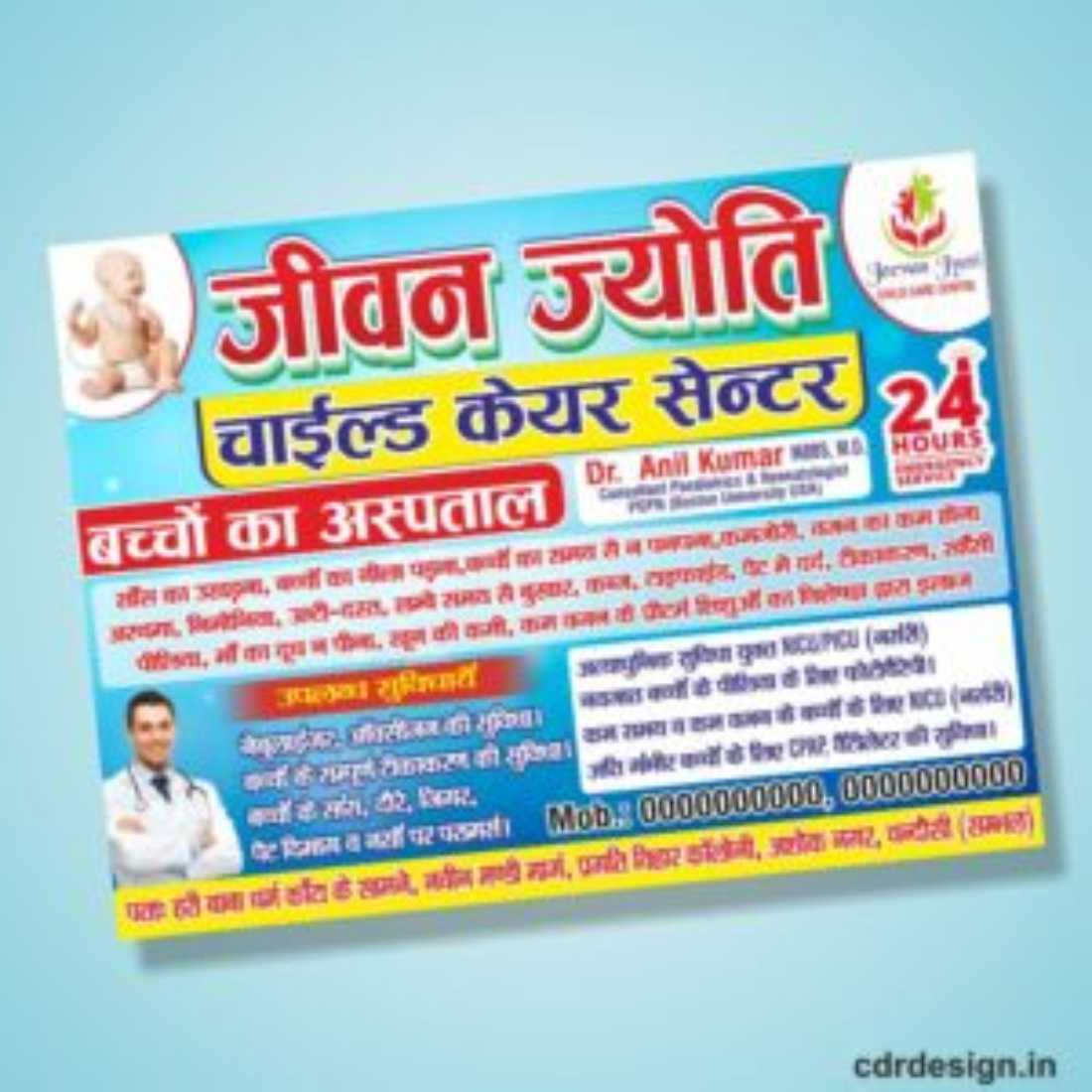


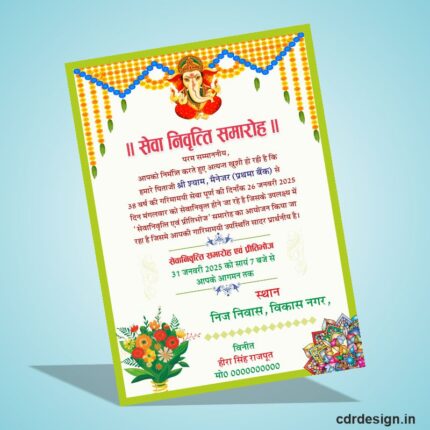



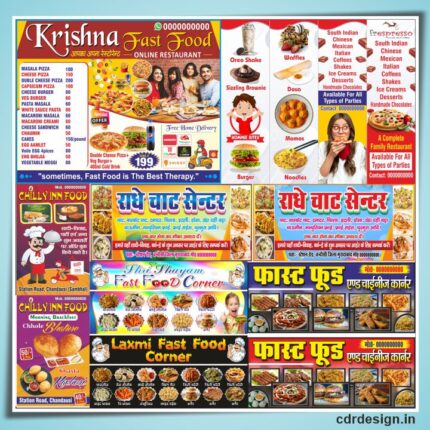
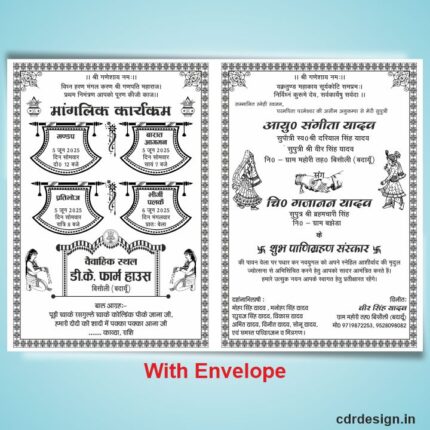
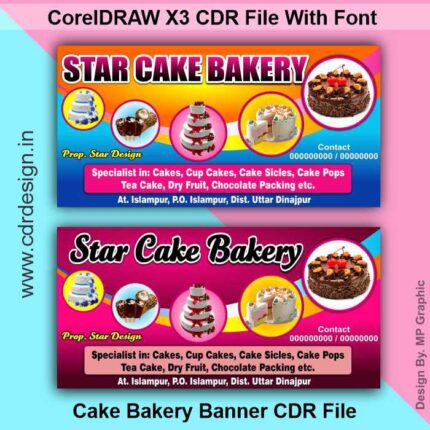
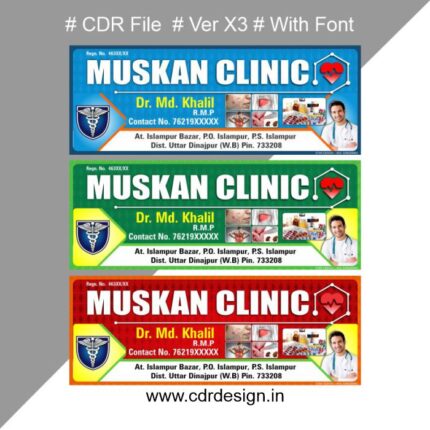


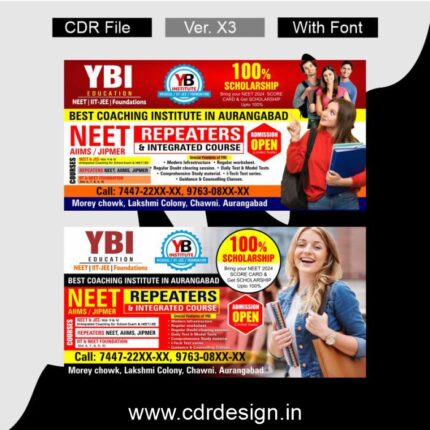

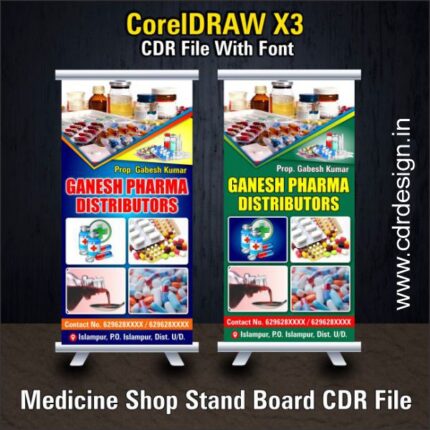
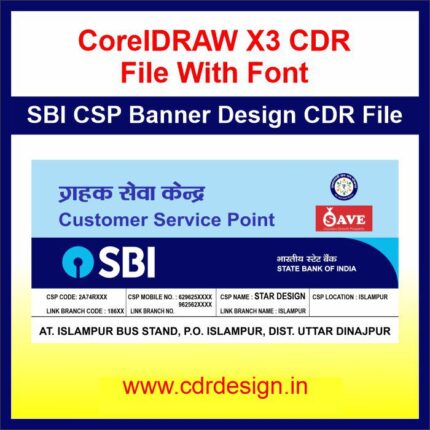
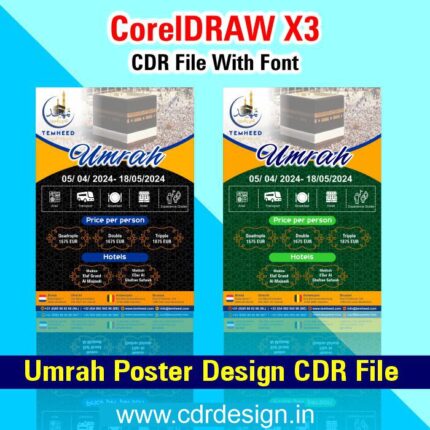
Reviews
There are no reviews yet.